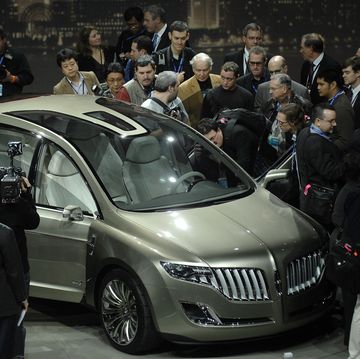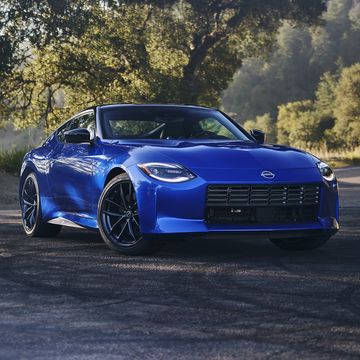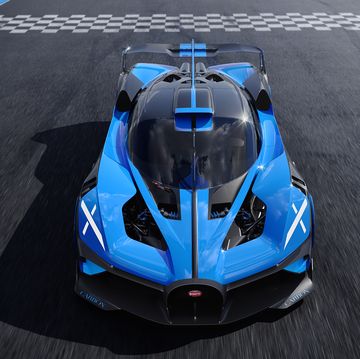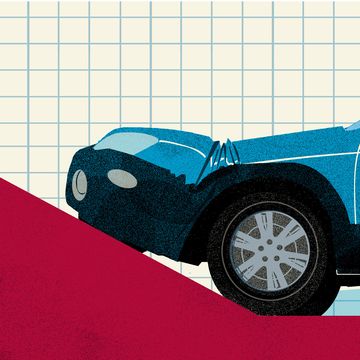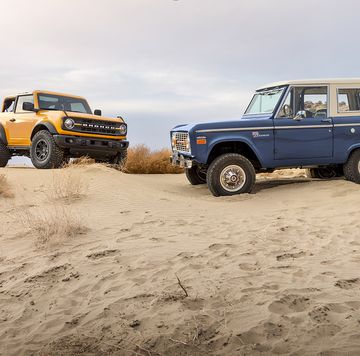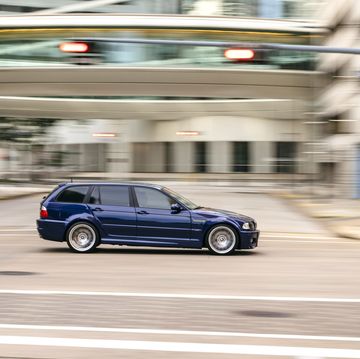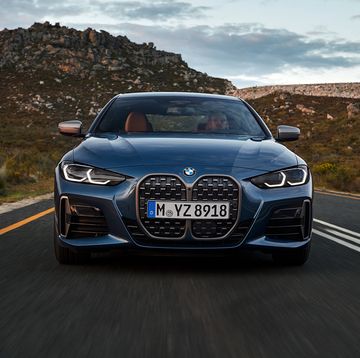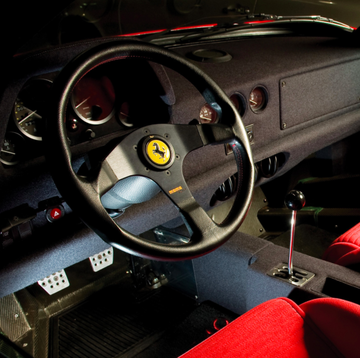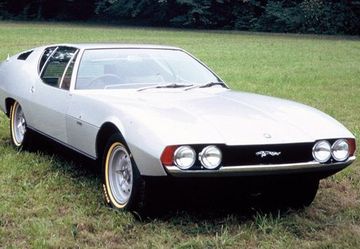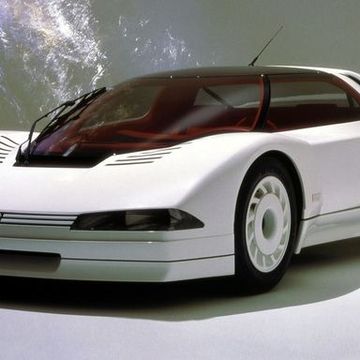If you're tired of hearing the word Tesla, apologies. But after seeing the new Model X last week, I started wondering whether Tesla's assembly line had been simultaneously retooled to also update the exterior of the Model S. After all, the electric sedan is going on four years old, and it's not that different than an X.
Not happening, according to Khobi Brooklyn, Tesla's communications manager. "We don't have plans for retooling Model S at the moment," Brooklyn told me in an email.
If it's hard to believe the Model S has been around since 2012, it's because Tesla has been tweaking the car incrementally: There have been new batteries, safety hardware, gee-whiz over-the-air software updates, and even an extra motor to make it AWD. But none of these changes have amounted to what other carmakers would call a true refresh. Most cars get at the very least a slight sheetmetal overhaul every two or three years to either keep up with the competition or just feel new. Granted, the Model S doesn't have much direct competition, but apparently looks aren't a concern at the moment.
This might seem like a bit of non-news, but it's worth noting for a few reasons.
While the world got carried away by the Model X and its falcon-wing doors last week, Tesla announced Friday that it delivered 11,580 Model S sedans in the third quarter. That's an increase of 49 percent year-over-year, and those numbers will likely keep growing. If the rollout of the Model S is any indication of how long it will take to ramp up Model X deliveries to meet an already long queue of orders, the Model S will remain the chief breadwinner for Tesla for at least the next couple of years. The premiums on both luxury vehicles are what Tesla will be depending on to make the Model 3, its small, more affordable EV next in line for production.
If there are no current plans to redesign the Model S, then who knows when it will get updated, but it definitely will take at least a year for retooling. And maybe that doesn't even matter. I don't think the Model S is the uninspired blob that some people do. It's quite attractive, really. Tesla's chief designer, Franz von Holzhausen, made the car elegant and free of many de rigueur styling cues, giving it a longer life. Because it's an EV, Holzhausen didn't get caught up in the horrid my-grille-is-bigger-than-your-grille battle currently going on with luxury carmakers, and the Model S's clean sheetmetal is free of the origami crease-fest plaguing much of the industry. Chances are good that in another two years the Model S will still look completely acceptable on the road.
And acceptable is fine, I guess. Tesla owners fall into the same category as Prius owners and Volt owners. They are mostly worried about functionality and what the car says about them. Though the comparison is trite, owning a Tesla is very much like owning an Apple product. And while I hate all of the wrongheaded comparisons people make between cars and phones, they are right in one aspect: Tesla, like Apple, is about having something beautifully engineered and innovative. But still, if you drop $100,000 on a car, do you want it to look the same it did five or six years ago and have no idea when an updated version is coming?
We saw a bit of this last year when Tesla announced new Autopilot hardware standard for all Model S sedans and the option of an AWD version in the P85D. Almost immediately Tesla owners who had recently purchased vehicles were upset. And rightfully so! If they'd known something new was coming, they might have waited. That's a big reason why reliable production cycles come in handy for carmakers and consumers.
But Tesla can't have people wait, because Tesla needs money now. It needs people lined up and plunking down reservation fees for the Model S and the Model X so that it can fund development of the Model 3 and possibly even a Model Y. This is one big reason why Tesla walks such a fine line as it tries to scale up as a carmaker. Yes, the company makes a solid product and has so far defied pretty terrible odds. But, eventually, Tesla is going to have to start maintaining a normal production cycle and also have enough vehicles on hand to meet immediate demand. When you're a car company, even a fledgling one, just getting one new car out the door isn't enough. You have to be able to juggle all of the balls.



